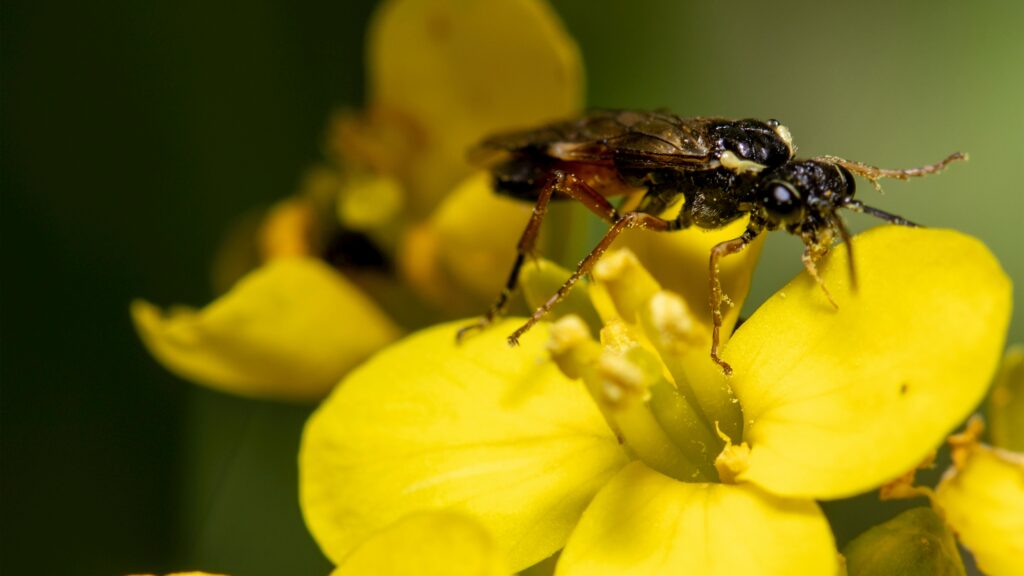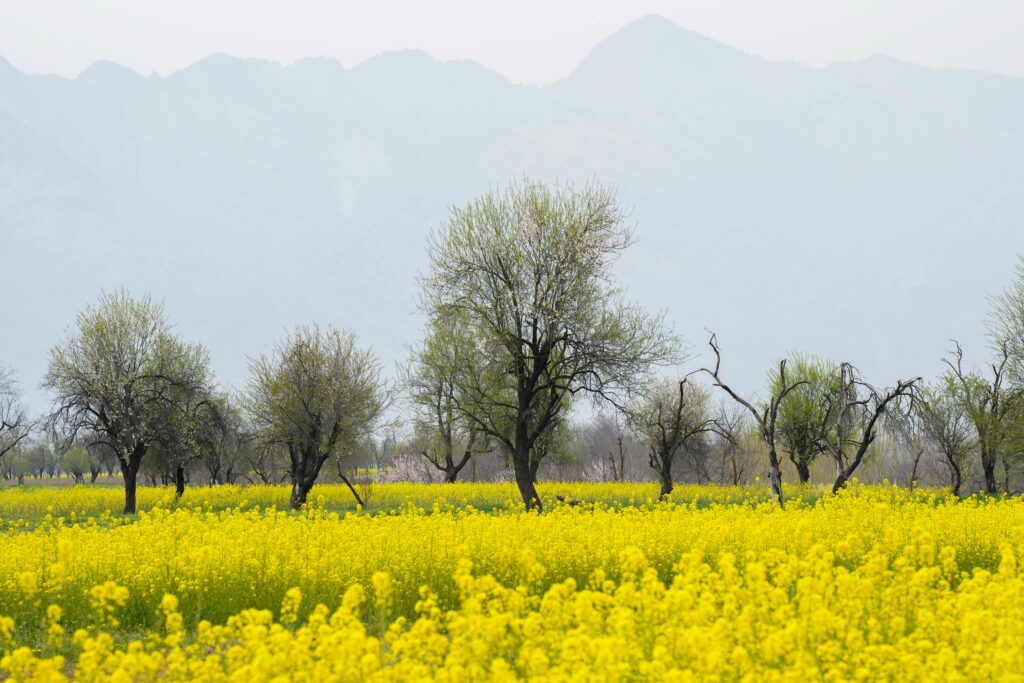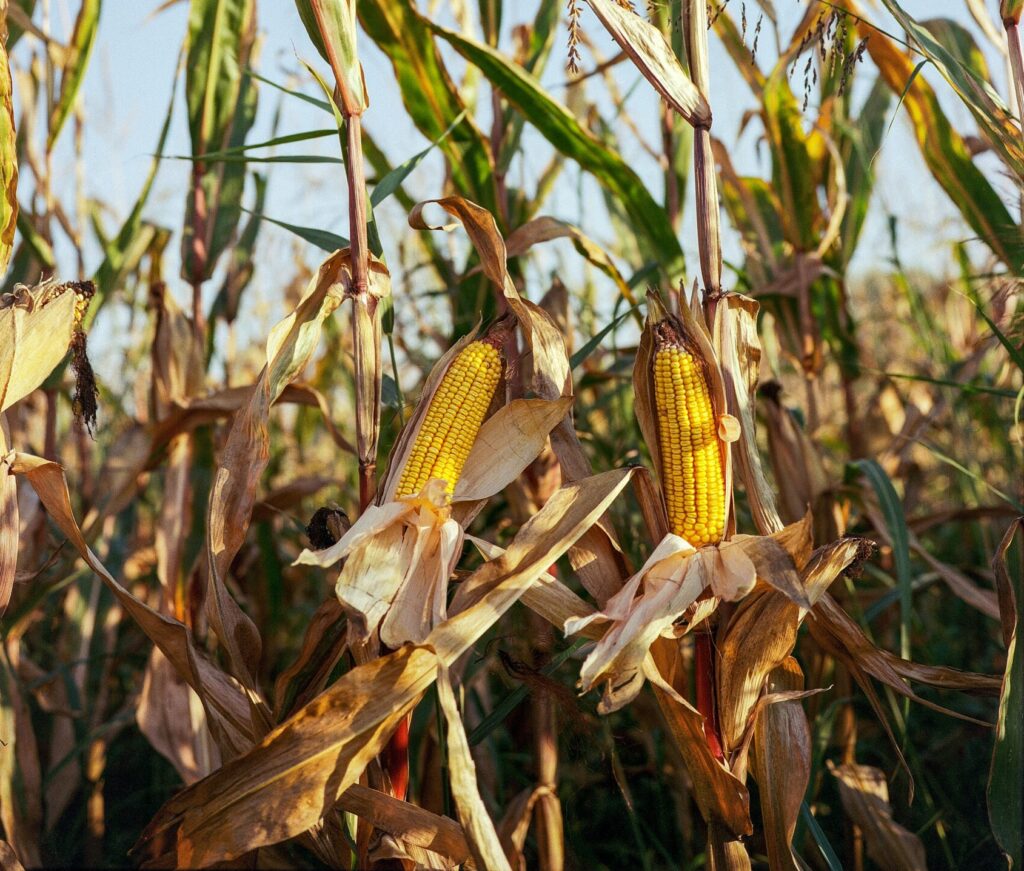Mustard cultivation plays a critical role in agriculture, especially in regions where it serves as a primary oilseed crop. However, mustard plants are vulnerable to various pests and diseases that can impact both yield and quality. Proper management practices are essential to protect the crop and ensure a healthy harvest.
Common Pests in Mustard Cultivation
Aphids
Aphids are small insects that suck sap from mustard plants, causing leaves to curl and weaken. They are typically green or black and cluster around tender parts of the plant.
Management Strategies:
- Biological control: Introduce ladybugs or lacewings that feed on aphids.
- Neem oil spray: Neem oil is effective in controlling aphid populations.
- Regular inspection: Monitor fields regularly to catch infestations early.
Mustard Sawfly
These pests feed on leaves, creating holes that reduce photosynthesis and weaken the plant.
Management Strategies:
- Handpicking: For smaller fields, handpicking larvae is effective.
- Neem-based insecticides: Use these as a preventive measure.
- Soil tillage: Tilling the soil after harvest helps disrupt sawfly lifecycle.
Cabbage Flea Beetle
Flea beetles chew on leaves, creating small, round holes, which can seriously damage young plants.
Management Strategies:
- Use of insecticidal soap: A mild insecticidal soap spray helps in controlling them.
- Row covers: These physical barriers can prevent beetles from accessing plants.
- Intercropping: Planting mustard with crops that flea beetles don’t favor can reduce their impact.
Diseases in Mustard Cultivation
Alternaria Blight

This fungal disease is characterized by black spots with concentric rings on leaves and pods, which leads to reduced yield and quality.
Management Strategies:
- Seed treatment: Treat seeds with fungicides before planting.
- Crop rotation: Avoid planting mustard in the same area consecutively.
- Fungicidal sprays: Regular application of recommended fungicides can help manage the spread.
Downy Mildew

Downy mildew causes yellow patches on the upper surface of leaves, with grayish-white mold underneath.
Management Strategies:
- Use of resistant varieties: Select mustard varieties that are less susceptible to this disease.
- Proper spacing: Ensure adequate spacing to reduce humidity around plants.
- Fungicides: Use specific fungicides when symptoms are first noticed.
White Rust
White rust causes white, blister-like pustules on leaves and stems, affecting plant growth and yield.
Management Strategies:
- Seed treatment: Use treated seeds to minimize infection risk.
- Remove infected plants: Quickly remove and destroy infected plants.
- Crop rotation and sanitation: Avoid planting mustard in infected soil.
Integrated Pest and Disease Management (IPDM)
Combining multiple approaches, known as Integrated Pest and Disease Management (IPDM), offers the most effective and sustainable control for pests and diseases. Key strategies include:
- Use of disease-free seeds: Starting with high-quality, disease-free seeds minimizes initial infection risk.
- Balanced fertilization: Proper fertilization strengthens plant immunity against pests and diseases.
- Timely weeding: Weeds often harbor pests and diseases, so regular weeding reduces these risks.
- Proper irrigation management: Over-irrigation can encourage fungal diseases, while under-irrigation can stress plants, making them more vulnerable to pests.
Effective pest and disease management is vital for successful mustard cultivation. Adopting integrated practices, including biological control, crop rotation, and judicious use of fungicides, helps farmers safeguard their crops. By staying vigilant and proactive, mustard growers can optimize yields and contribute to a sustainable, healthy agricultural environment.
















